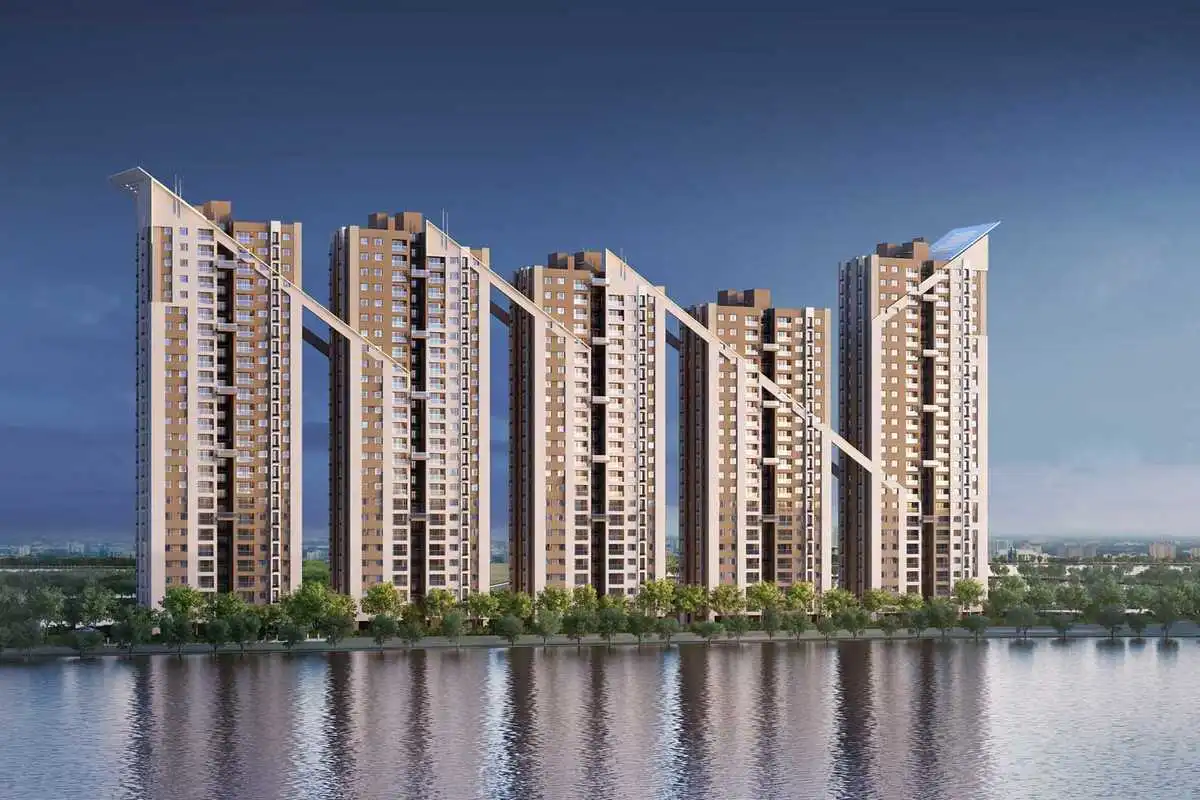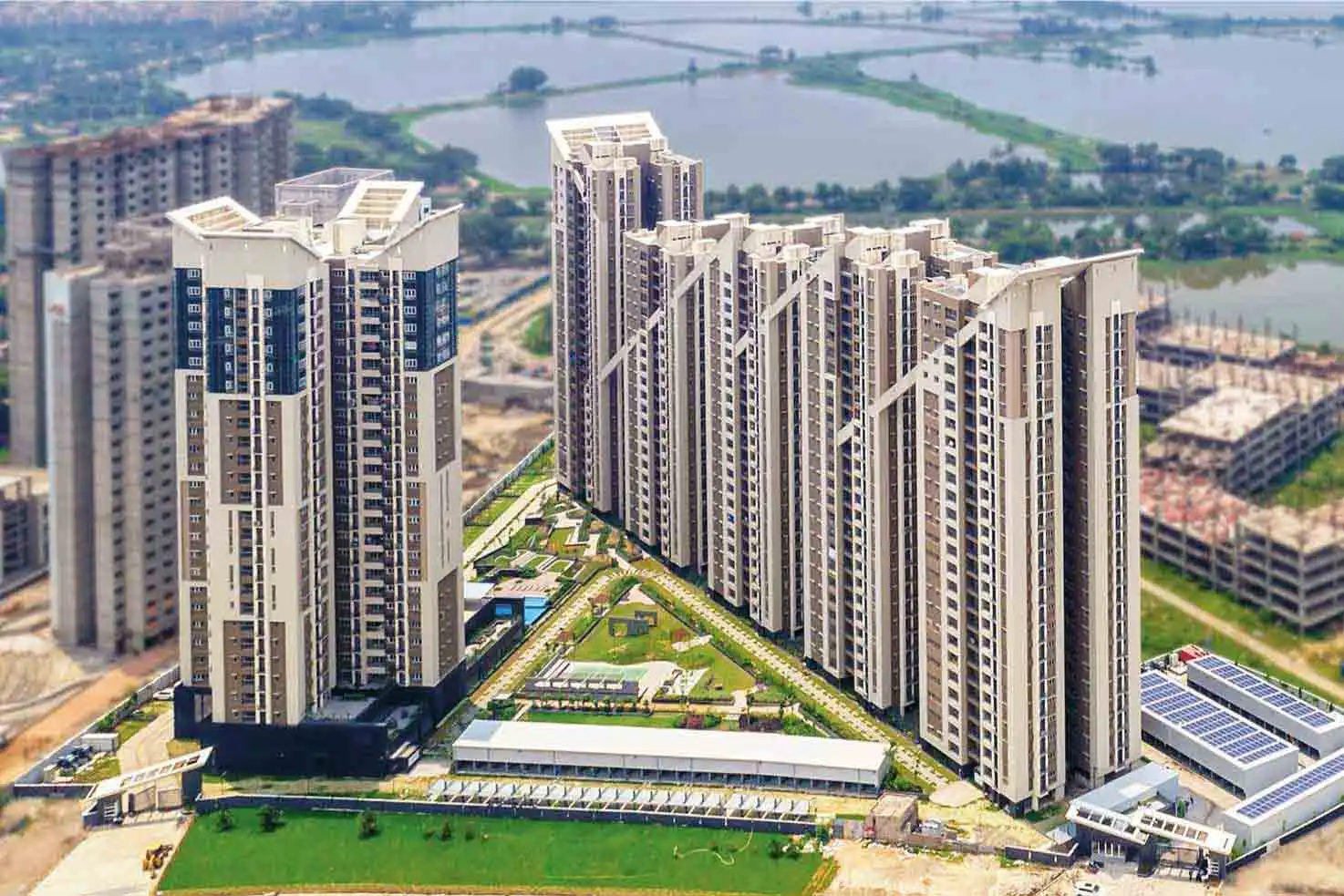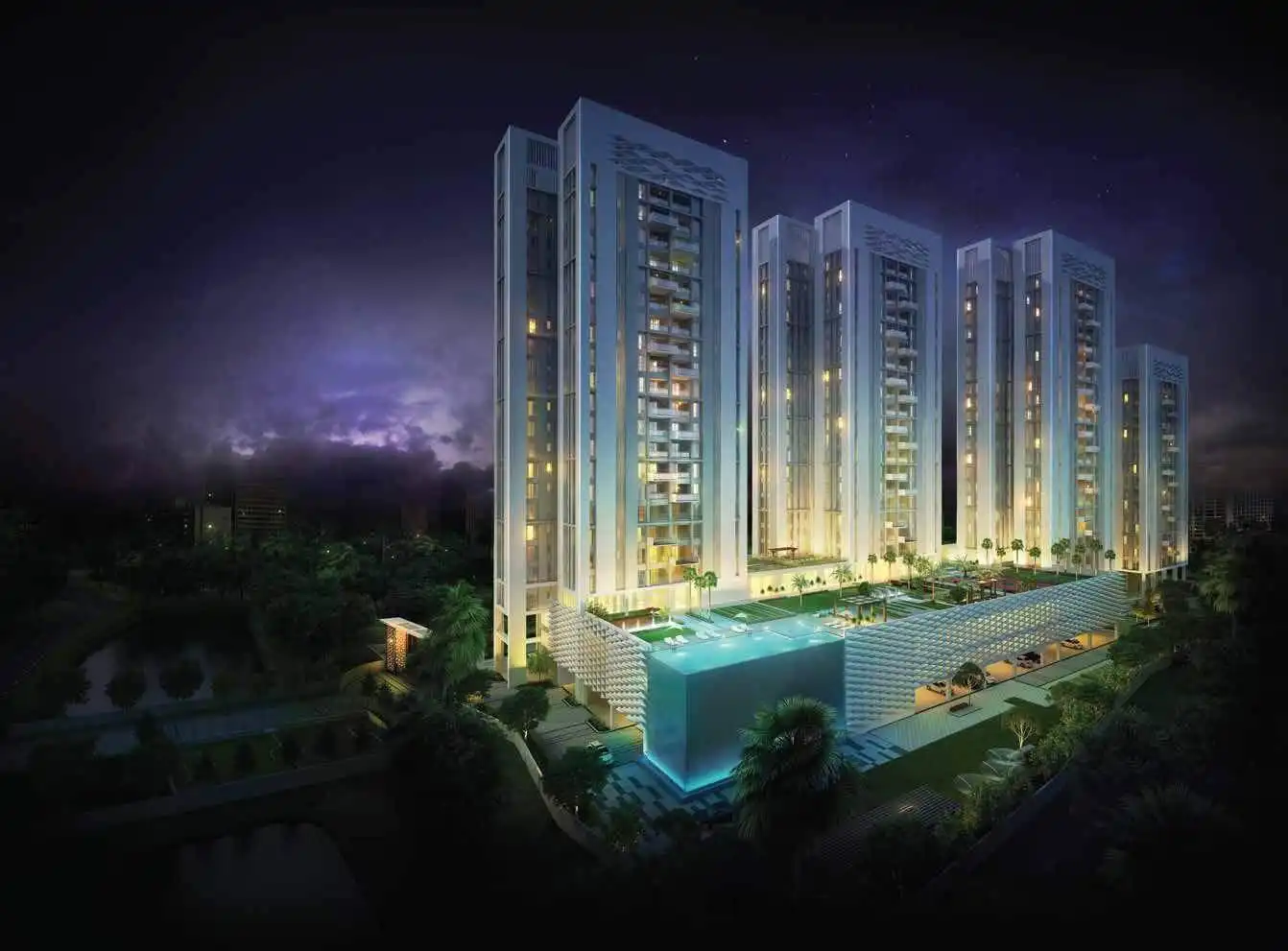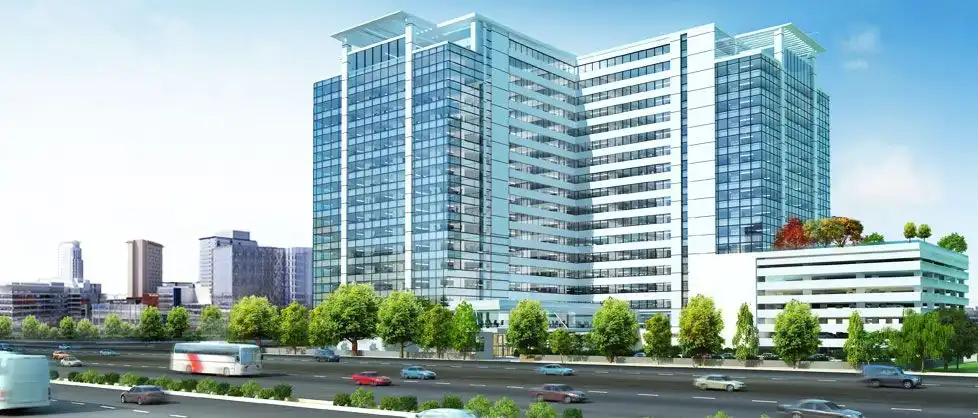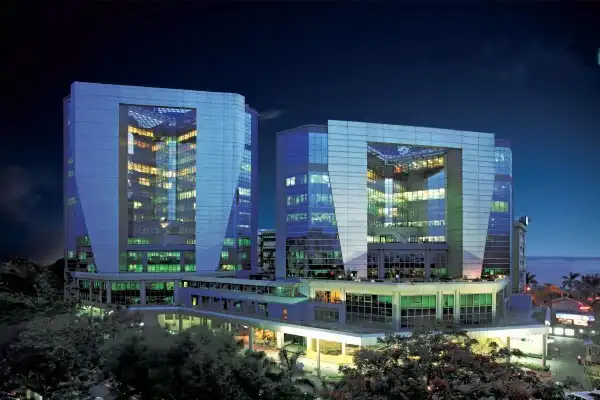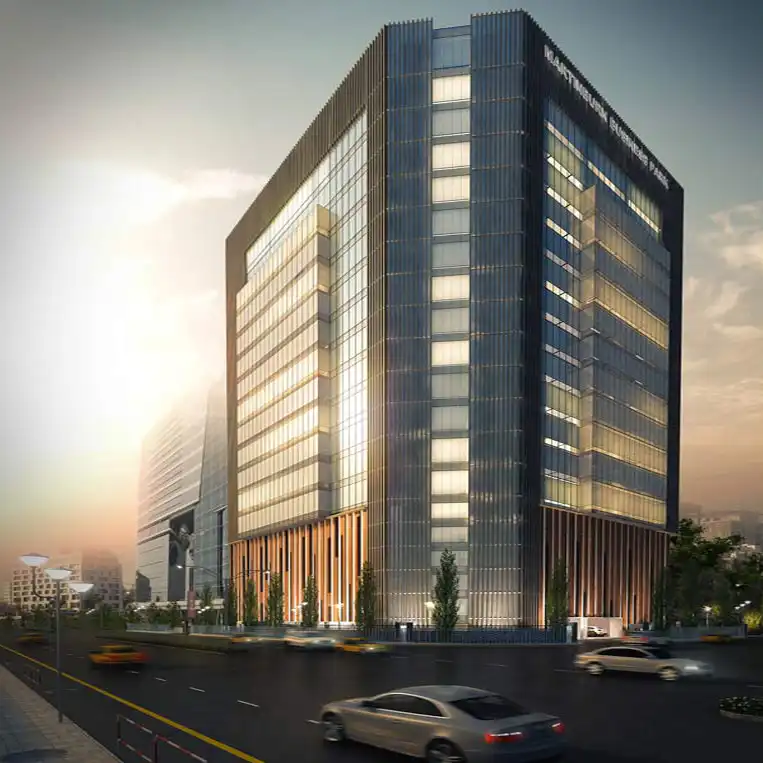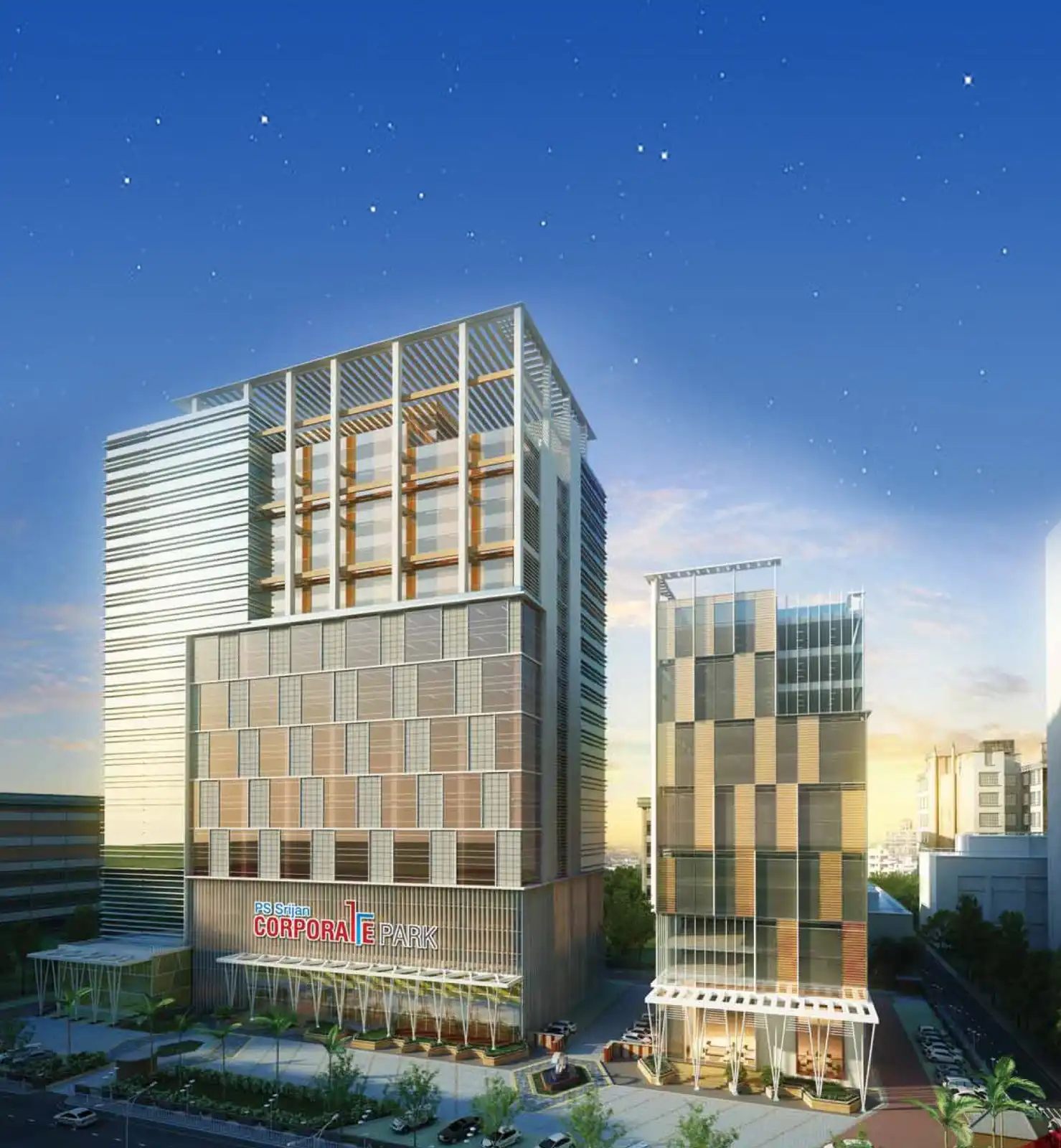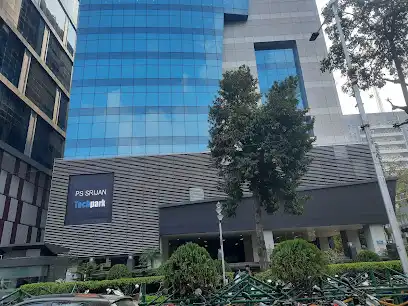Salt Lake
Salt Lake, also known as Bidhan Nagar, is a well-planned satellite town and the primary IT hub in Kolkata. Governed by the Bidhan Nagar Municipal Corporation in North 24 Parganas, this north-eastern locality is surrounded by prominent areas like Kestopur, Lake Town, South Dum Dum, Baguiati, and Ultadanga. Salt Lake features mainly horizontal developments, including independent houses and low-rise apartment complexes, with notable residential projects such as Merlin 5th Avenue, Karunamoyee Housing Society, PS Panache, and Ideal Aqua View.
The area boasts excellent connectivity through a network of roadways and railways. The Bidhan Nagar railway station links Salt Lake to the Sealdah Railway Service, while EM Bypass and NH-34 connect it to other key parts of Kolkata. Educational institutions like Salt Lake School, IEM Public School, Delhi Public School, and The Newtown School are well-established here.
Salt Lake Sector V and the nearby New Town area are significant employment hubs, housing several IT and business parks such as P.S. Srijan Techpark, TCS Gitobitan, Wipro Campus, DLF IT Park, Unitech Infospace, and Ecospace Business Park. Blending modern luxury with natural beauty, Salt Lake maintains its original waterbodies and wetlands, complemented by walkways and embankments. Additionally, the area features Kolkata’s large sports stadium, multiple shopping complexes, engineering colleges, and major business headquarters.

